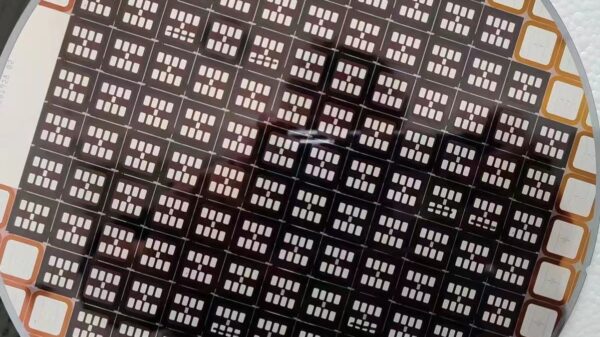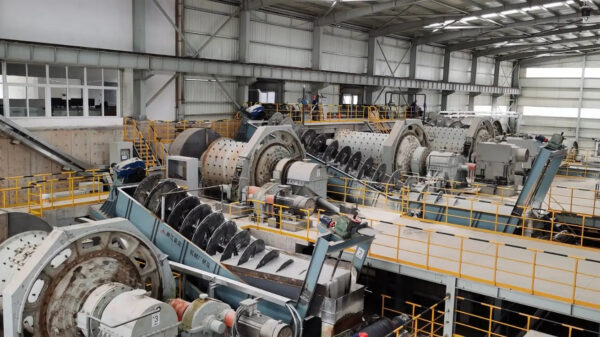On 21st March, the US government disclosed regulations pertaining to the CHIPS Act subsidy, eliciting mixed reactions from the semiconductor industry. The core stipulation restricts manufacturers from raising their production capacity in China by over 5% in the next 10 years if they are recipients of US subsidies. However, the regulation does not limit technological advancements, as production capacity is measured by wafer input in semiconductor manufacturing.
Although semiconductor companies can enhance production while maintaining wafer input at their Chinese facilities, concerns linger regarding US restrictions on Chinese semiconductor equipment.
The US Department of Commerce aims to finalize the regulations. . .






















